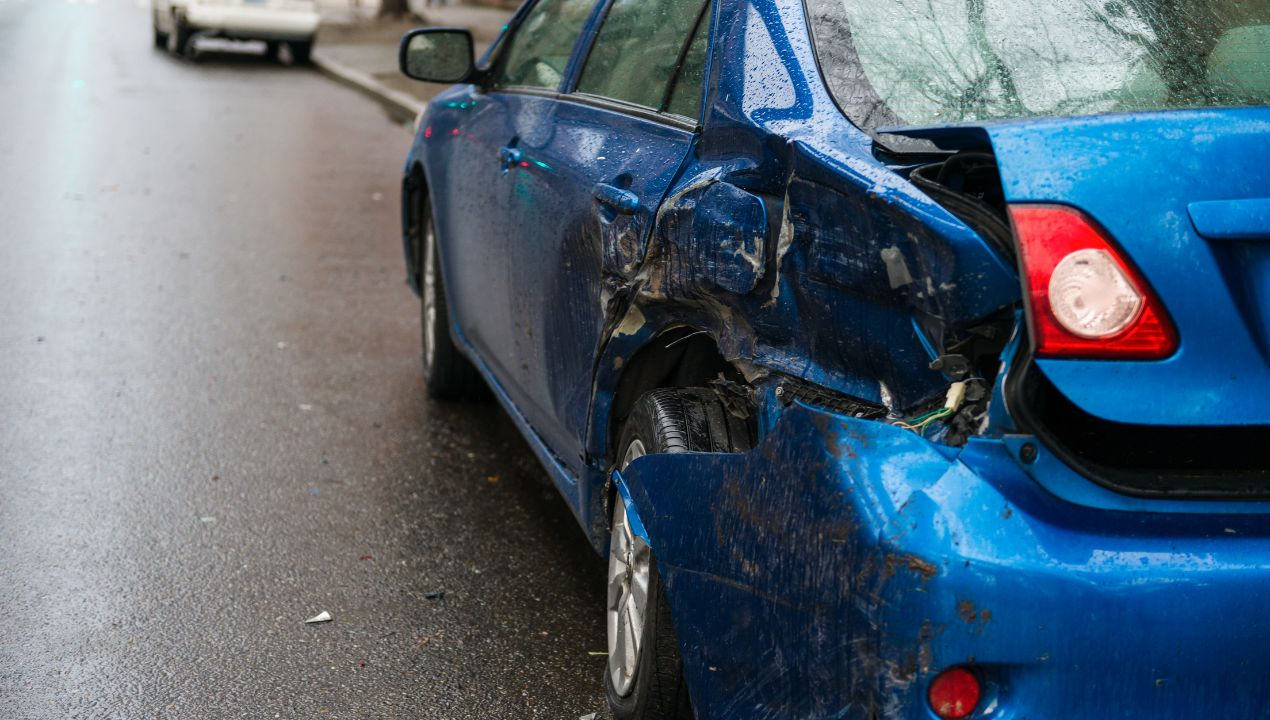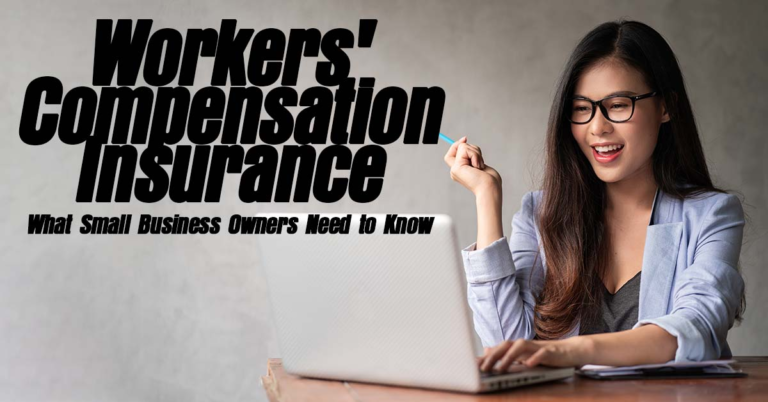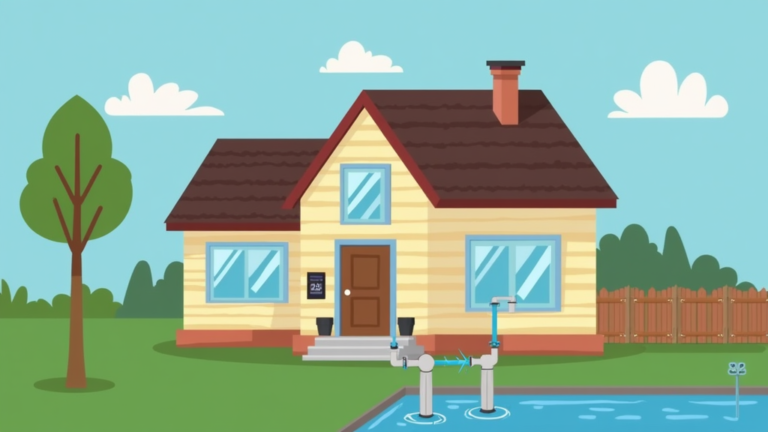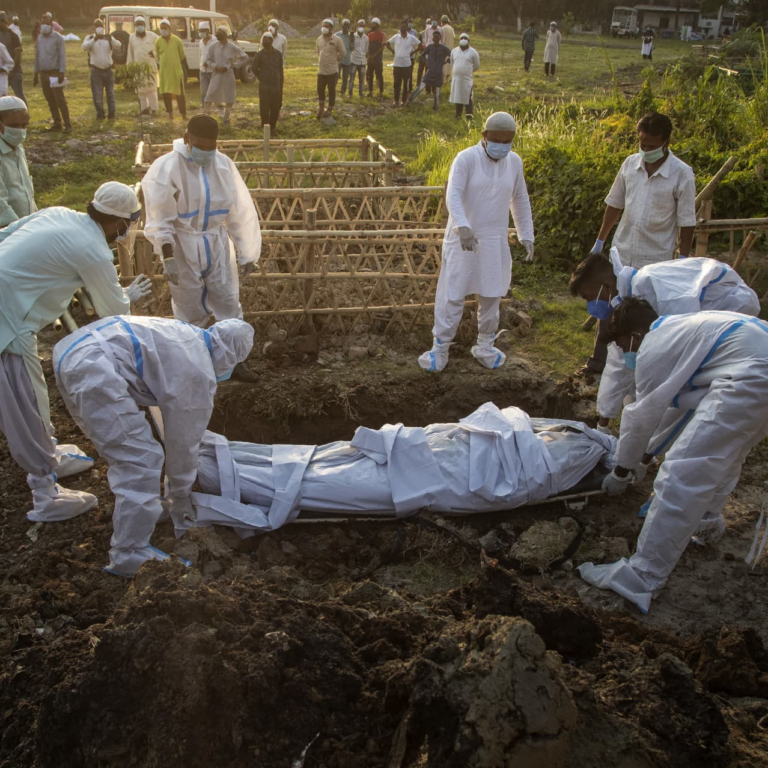Hit-and-Run Coverage: What You Need to Know
Hit-and-run coverage is an essential aspect of car accident insurance that every driver should understand. When you find yourself in a situation where another driver flees the scene of an accident, the stress and confusion can be overwhelming. With hit-and-run incidents becoming increasingly common, knowing your options for protecting yourself financially is crucial. This is where uninsured motorist coverage, collision coverage, and medical payments coverage come into play, providing a safety net for victims. In this article, we will discuss the types of insurance that can help you navigate the aftermath of a hit-and-run and outline the necessary steps to take in such a distressing situation.
When discussing coverage for accidents where the other driver is unaccounted for, many terms come into play, including uninsured motorist protection and collision insurance. Understanding these alternatives is vital for drivers who want to safeguard themselves in case of a hit-and-run incident. Additionally, medical payments coverage serves as a crucial component in ensuring that medical bills are addressed promptly, regardless of fault. Knowledge of these different types of coverage can empower you to make informed decisions about your car insurance policy. In this exploration, we will delve deeper into what these protections entail and how they can benefit you in the event of a hit-and-run.
Understanding Hit-and-Run Coverage
Hit-and-run accidents can leave drivers feeling vulnerable and confused about their insurance options. When a driver flees the scene after causing an accident, it’s essential to understand what types of coverage can protect you. Many standard car insurance policies offer specific provisions for hit-and-run incidents, allowing victims to recover some of their losses despite the at-fault driver’s absence. This coverage is crucial as it provides peace of mind, knowing you have financial support in a challenging situation.
In most cases, hit-and-run coverage will fall under your uninsured motorist provisions. This means that even if the other driver cannot be identified, your own insurance can help cover damages and medical costs. It’s important to review your policy to ensure you have adequate coverage for these types of incidents, as encountering a hit-and-run can complicate an already stressful situation.
The Importance of Uninsured Motorist Coverage
Uninsured motorist (UM) coverage is essential for anyone who drives regularly. This type of coverage acts as a safety net, protecting you from financial burdens when involved in accidents where the at-fault driver is either uninsured or cannot be located, such as in hit-and-run cases. Having UM coverage ensures that you have access to necessary compensation for bodily injuries and property damage, which can be particularly crucial if the other party cannot be held accountable.
Moreover, UM coverage can also cover medical costs incurred as a result of the accident, allowing you to focus on recovery rather than stressing over bills. It’s a proactive measure that not only protects your financial interests but also provides peace of mind while driving, knowing that you’re safeguarded against negligent drivers.
Collision Coverage: A Vital Component
Collision coverage is another critical insurance option that can provide significant benefits after a hit-and-run. This type of insurance pays for the repair or replacement of your vehicle, regardless of fault, which is particularly beneficial in hit-and-run situations where the responsible party is unknown. By having collision coverage, you can avoid the financial strain of covering repairs out of pocket, allowing you to get back on the road more quickly.
However, it’s essential to remember that collision coverage does require you to pay a deductible before your policy kicks in. This means that while your insurance will help with repair costs, you will need to cover an initial amount yourself. Nevertheless, collision coverage can be invaluable in ensuring that your vehicle is promptly repaired or replaced, giving you peace of mind during a trying time.
Medical Payments Coverage: A Safety Net
Medical payments coverage, often referred to as MedPay, is an important aspect of car insurance that can provide immediate financial relief after a hit-and-run accident. This coverage helps pay for medical expenses for you and your passengers, regardless of who was at fault in the accident. In the aftermath of a traumatic event, such as a hit-and-run, having MedPay can alleviate concerns about how medical bills will be settled.
Additionally, MedPay can supplement your existing health insurance, covering costs that may not be fully reimbursed by your primary policy. This can include hospital stays, rehabilitation, or even funeral expenses in the unfortunate event of a severe injury. Thus, having this coverage can ensure that you and your loved ones receive the necessary medical attention without the added stress of financial burdens.
Steps to Take After a Hit-and-Run Incident
Experiencing a hit-and-run can be overwhelming, and knowing the right steps to take immediately after the incident is crucial for your safety and future claims. First, it’s important to stay calm and ensure that everyone involved is safe. If possible, move your vehicle to a safe location to avoid further accidents. Once you’re safe, document the scene as thoroughly as possible, noting the time and location of the accident, and any details regarding the fleeing vehicle.
After ensuring your safety, contact the police to report the incident. A police report will be essential for filing an insurance claim, as it provides an official record of the event. Lastly, notify your insurance company as soon as possible to begin the claims process. Providing them with all the gathered information will help expedite the resolution and allow you to get back to normal life sooner.
The Benefits of Comprehensive Hit-and-Run Coverage
Having comprehensive hit-and-run coverage is essential for any driver concerned about their safety and financial security on the road. This type of insurance ensures that you are protected from various potential liabilities, especially in situations where the other driver is unknown or uninsured. By investing in comprehensive coverage, you can mitigate the financial impact of accidents and ensure that you are not left to bear the costs alone.
Furthermore, comprehensive hit-and-run coverage can provide peace of mind, knowing that you have the necessary support in place should an accident occur. This can be particularly comforting in busy urban areas where hit-and-run incidents are more common. Overall, a well-rounded insurance policy, including hit-and-run provisions, can help you navigate the complexities of car accidents with greater confidence.
Understanding Your Insurance Policy
It’s vital to thoroughly understand your insurance policy when it comes to hit-and-run accidents. Many drivers are unaware of the specific coverages included in their policies, which can lead to confusion and financial strain in the event of an accident. By taking the time to read through your policy and discuss it with your insurance agent, you can clarify what is covered and what additional protections may be necessary.
Moreover, understanding your policy can help you make informed decisions about your coverage options. You might discover that you need to add certain coverages, such as uninsured motorist protection or collision coverage, to ensure you are fully safeguarded against potential risks. This proactive approach can significantly reduce stress when dealing with the aftermath of a hit-and-run.
The Role of Witnesses in Hit-and-Run Cases
Witnesses can play a crucial role in hit-and-run cases, providing valuable information that may help identify the fleeing driver. If you are involved in an accident, it’s important to gather contact information from any witnesses present at the scene. Their accounts can be instrumental in supporting your insurance claim and may even assist law enforcement in tracking down the perpetrator.
In addition to providing names and contact details, witnesses can also offer statements regarding what they observed. This information can support your case and strengthen your position when dealing with insurance companies. Therefore, it’s essential to engage with bystanders and collect as many details as possible to aid in your recovery process.
Exploring Additional Insurance Options
In light of the risks associated with hit-and-run accidents, exploring additional insurance options is a wise decision. While standard car insurance policies may offer some protection, additional coverage can provide greater peace of mind. Options such as gap insurance can help cover the difference between what you owe on your vehicle and its actual cash value in the event of a total loss, which can be particularly beneficial after an accident.
Additionally, considering policies that include roadside assistance or rental reimbursement can further enhance your coverage. These features can make navigating the aftermath of a hit-and-run more manageable, ensuring you have access to necessary resources. By evaluating your current policy and exploring supplementary options, you can create a more comprehensive safety net for your driving experience.
Frequently Asked Questions
What is hit-and-run coverage in car insurance?
Hit-and-run coverage refers to the provisions within your car insurance policy that protect you financially if you are involved in an accident where the other driver flees the scene. This coverage often includes uninsured motorist coverage, which can help cover damages and medical expenses when the at-fault driver is unidentified or uninsured.
Does uninsured motorist coverage apply to hit-and-run accidents?
Yes, uninsured motorist (UM) coverage applies to hit-and-run accidents. If the driver who caused the accident cannot be identified, UM coverage can help you recover costs related to bodily injury and property damage, ensuring you are protected even when the responsible party is unknown.
What should I do if I’m involved in a hit-and-run accident?
If you’re involved in a hit-and-run accident, first ensure your safety and the safety of your passengers. Document the scene and collect any available information about the other vehicle. Report the incident to the police and notify your insurance company to begin the claims process.
How does collision coverage work in a hit-and-run situation?
Collision coverage helps pay for repairs or replacement of your vehicle after a hit-and-run, regardless of fault. You would need to pay your deductible first, but this coverage ensures that you can quickly repair your car, even if the at-fault driver is never found.
Can medical payments coverage help after a hit-and-run accident?
Yes, medical payments (MedPay) coverage can assist with medical expenses for you and your passengers following a hit-and-run accident. It pays for medical bills regardless of fault, providing financial relief in the aftermath of an accident.
Is it necessary to have hit-and-run coverage in my car insurance policy?
While it is not legally required to have specific hit-and-run coverage, having uninsured motorist coverage, collision coverage, and medical payments coverage is essential for comprehensive protection. These coverages can significantly reduce financial stress in the event of a hit-and-run.
What information should I gather after a hit-and-run incident?
After a hit-and-run incident, gather information such as the time and location of the accident, descriptions of the other vehicle, and any witness contacts. This documentation is crucial for filing a police report and for your insurance claim.
How can I ensure I have adequate hit-and-run coverage?
To ensure you have adequate hit-and-run coverage, review your car insurance policy to confirm that it includes uninsured motorist, collision, and medical payments coverage. Consulting with an insurance agent can also help clarify your options and ensure you have the best protection.
| Key Point | Description |
|---|---|
| What is a Hit-and-Run? | A hit-and-run occurs when a driver leaves the accident scene without providing contact information or assistance. |
| Uninsured Motorist Coverage | Covers damages when the at-fault driver is uninsured or unidentifiable, including bodily injury and property damage. |
| Collision Coverage | Covers vehicle repairs regardless of fault; a deductible applies before coverage kicks in. |
| Medical Payments Coverage | Helps cover medical expenses for you and your passengers, regardless of fault. |
| Steps After a Hit-and-Run | 1. Stay calm and safe; 2. Document the scene; 3. Contact the police; 4. Notify your insurance company. |
Summary
Hit-and-run coverage is essential for drivers involved in accidents where the other party flees the scene. Understanding your insurance options, such as uninsured motorist coverage, collision coverage, and medical payments coverage, can provide vital protection and peace of mind. If you’re uncertain about your current coverage or need to enhance it, consider reaching out to an insurance provider to ensure you are fully protected against hit-and-run incidents.







